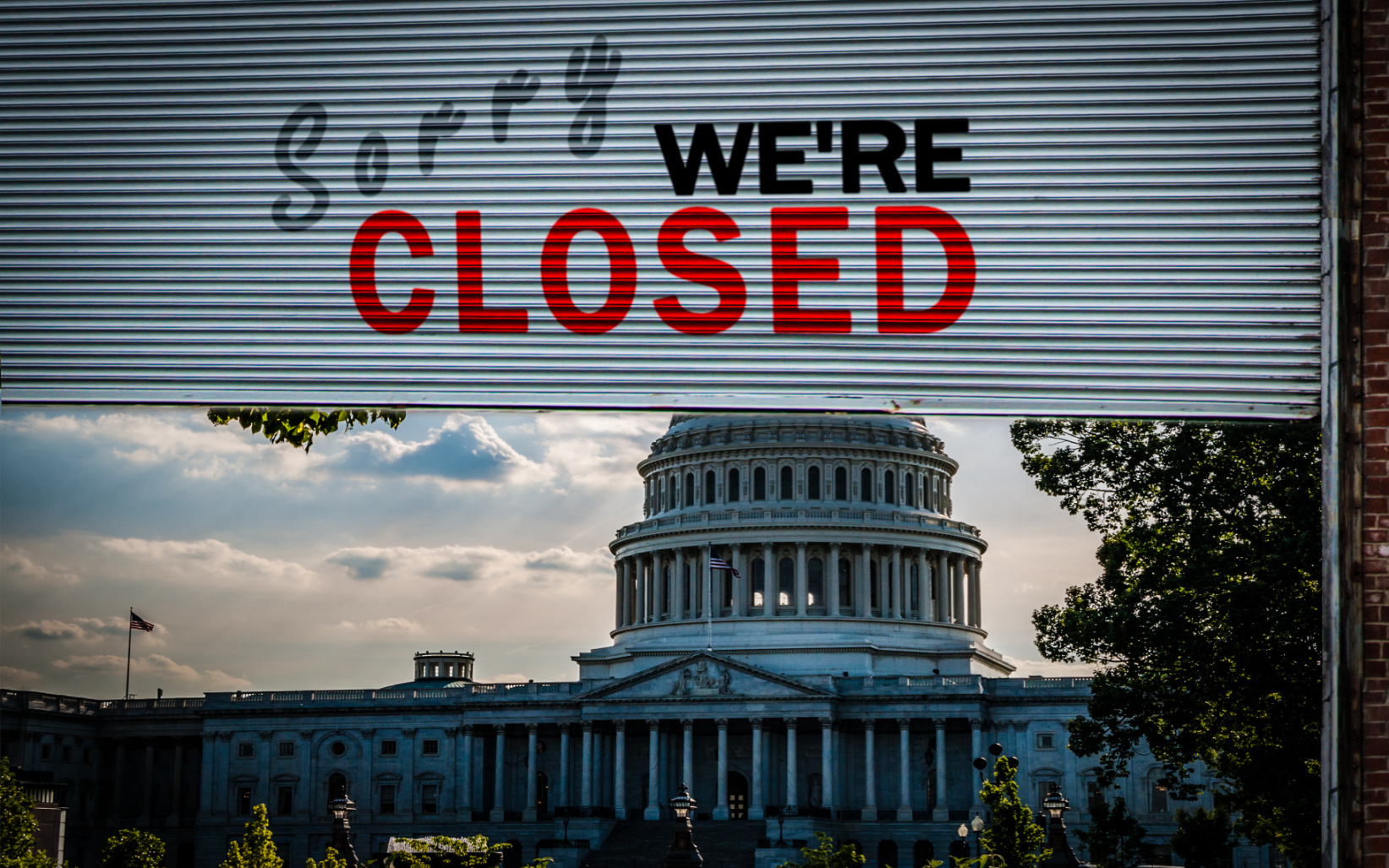How Thanksgiving Landed on the Fourth Thursday

A Holiday With No Fixed Date
For most of the 19th and early 20th centuries, Thanksgiving didn’t have a legally defined date. Following Abraham Lincoln’s 1863 proclamation, presidents simply declared Thanksgiving on the last Thursday in November, and the tradition held.
But “last Thursday” doesn’t always mean the same date. In some years, November has five Thursdays, shifting the holiday later into the month. That inconsistency eventually collided with one of America’s biggest economic forces: the holiday shopping season.
The Great Depression Sets the Stage
By the late 1930s, the United States was still recovering from the Great Depression. Retailers insisted they needed every possible shopping day between Thanksgiving and Christmas to boost sales.
In 1939, Thanksgiving was scheduled to fall on November 30, the fifth Thursday of the month—leaving just 24 shopping days until Christmas. Business groups argued that such a short season could hurt the economy.
President Franklin D. Roosevelt listened.
FDR Moves Thanksgiving—and Chaos Ensues
On August 14, 1939, FDR announced that Thanksgiving would be moved one week earlier, to the fourth Thursday instead of the fifth. His goal was to lengthen the holiday shopping season and stimulate spending.
The public reaction? Turbulent.
A Nation Divided Over Turkey Day
Americans erupted. Newspapers dubbed the new date “Franksgiving.”
• 23 states adopted Roosevelt’s new date.
• 22 states refused, sticking with the traditional last Thursday.
• 3 states (Colorado, Mississippi, and Texas) celebrated both dates.
School calendars were thrown off. Football schedules collapsed. Families couldn’t agree on which Thursday to gather.
The split lasted two years.
A Study Shows the Move Didn’t Work
By 1941, the Commerce Department examined retail sales from the two “Franksgivings.” Their conclusion:
Moving Thanksgiving earlier did not significantly increase holiday spending.
The experiment had failed—and the frustration wasn’t worth repeating.
Congress Steps In
With the public demanding clarity, Congress acted.
On December 26, 1941, President Roosevelt signed a joint resolution of Congress officially establishing the fourth Thursday in November as Thanksgiving Day in the United States.
At last, Thanksgiving had a fixed national date—neither too early nor too late.
Why the Fourth Thursday Matters
Today’s Thanksgiving timing is the result of a uniquely American mix of:
• economic pressure
• presidential experimentation
• state-by-state rebellion
• congressional compromise
It remains one of the few national holidays whose date is determined by statute—not tradition alone.
RECENT










BE THE FIRST TO KNOW

More Content By
Think American News Staff












